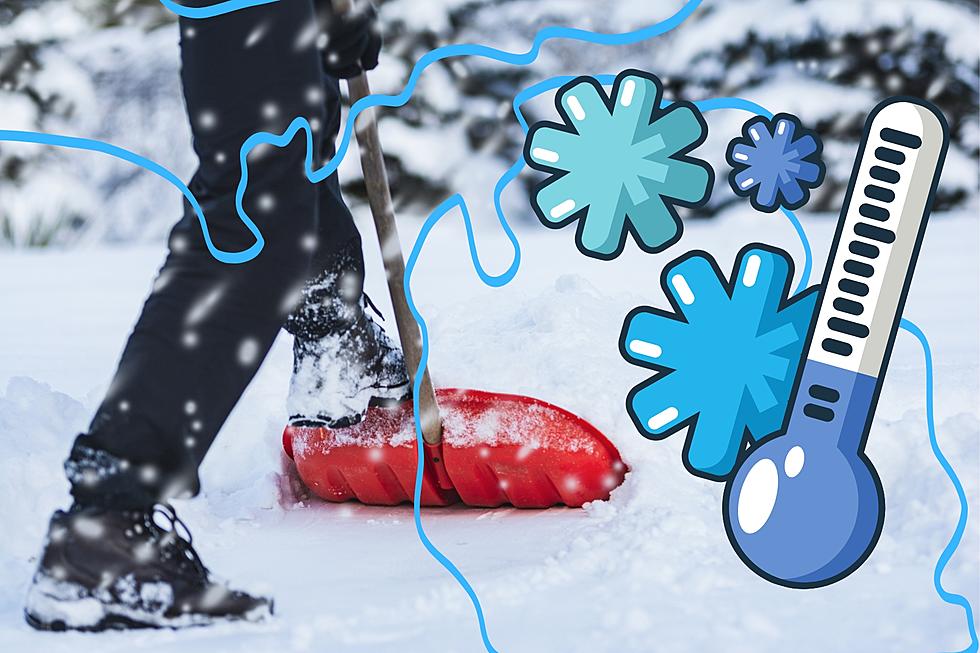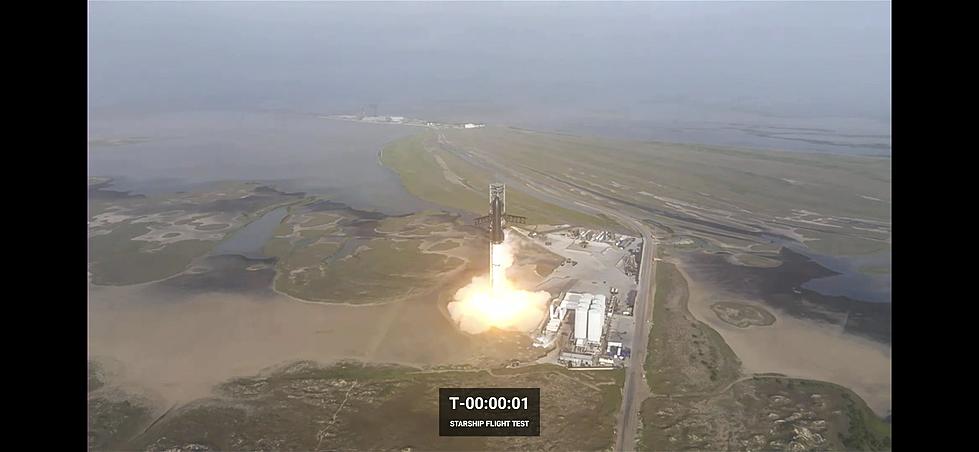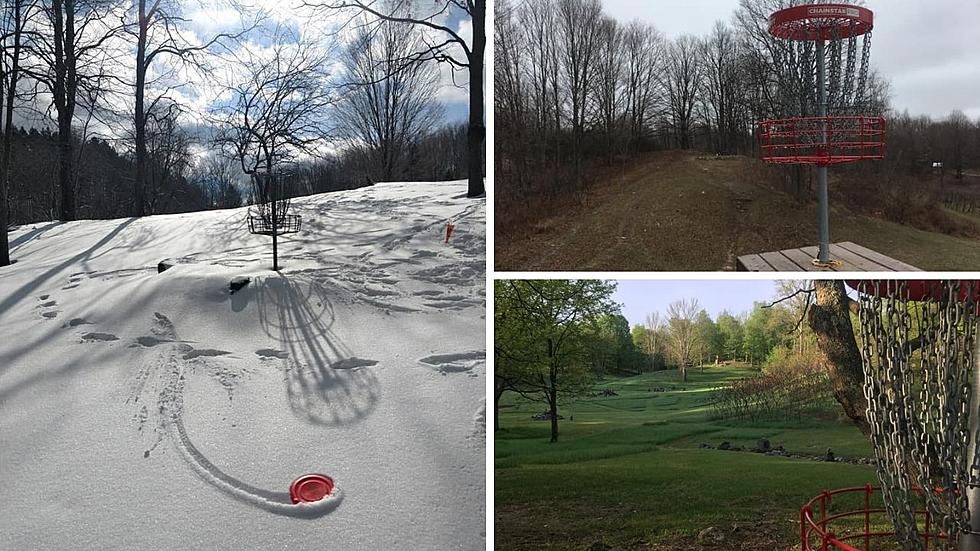
The Polar Vortex May be On Its Way
We’ve all heard of the polar vortex in past winters here in the midwest, and it appears to be on the move again in 2021. At the North Pole, stratospheric warming is happening at altitudes high above the North Pole.
With those actions happening, that could result in bitter icy cold air coming southward into the United States over the next couple weeks. We however don’t know yet where that Arctic air will push through, and for how long.
The polar vortex is simply a low pressure system that swirls cold air around the polar regions of the globe. But the system can sometimes move off the North Pole. In doing so, it releases cold air much farther south in regions such as North America and Europe.
CNN Reports:
The polar vortex is located in the stratosphere, about 18 miles above Earth's surface, which is well above the jet stream, where planes fly, and where most weather occurs. But agitations and disruptions to the flow and location of the polar vortex, like what we are seeing to the start of 2021, can influence the movement of air and weather below it. And scientists are closely watching current events for clues as to when and where the impacts will occur.
The term ‘polar vortex” has become popular on social media over the past few years, but it’s not new. Folks in polar regions experience it every year. Our first experience here in the midwest was back in 2014. With the Polar Vortex, during some winters it’s not an issue, other winters, like right now, can be disruptive or weakened. According to Jason Firtado, an assistant professor at the University of Oklahoma’s School of Meteorology said “Understanding what is happening with the polar vortex is one of several features in our climate that helps meteorologists understand what to expect from winter weather over the next 2-6 weeks.”
When the polar low pressure system is strong, it keeps the jet stream traveling around Earth in a very circular path and keeps Arctic air bundled up close to the Pole. But when that system is weakened, parts of the vortex break off and become elongated, resulting in cold air shifting southward. When that low pressure system is weaker, the jet stream also does not have enough strength to maintain its usual path. It is that disruption in the jet stream that has a direct correlation to our weather closer to the surface. At times when the polar vortex is strong, you will see the jet stream move further north keeping the cold air up in the Arctic, and moderate conditions exist in the US and Eurasia.
One of the reasons the polar vortex departs its usual location is sudden stratospheric warming (SSW), which weakens the vortex permitting it to move. When the vortex is weak, the jet stream becomes weakened and moves further south. That brings warmer air into the arctic, and colder weather to North America and Europe and Asia. Colder air becomes more dense, which causes it to sink, which allows the hot air to remain in the stratosphere and colder air to go down into the lower levels near the surface. The sinking cold air brings in sections of the polar vortex pushing down into North America, Europe and Asia.
Another thing to note: Even with strong SSW events, there is still no certainty that the US will see direct impacts. So at this point, no need to worry about it. But you may want to keep an eye on it over the next couple weeks. We all know it’s going to be a cold winter, but at this point, still not sure how cold it will be overall.

KEEP READING: Get answers to 51 of the most frequently asked weather questions...
More From 100.7 WITL









